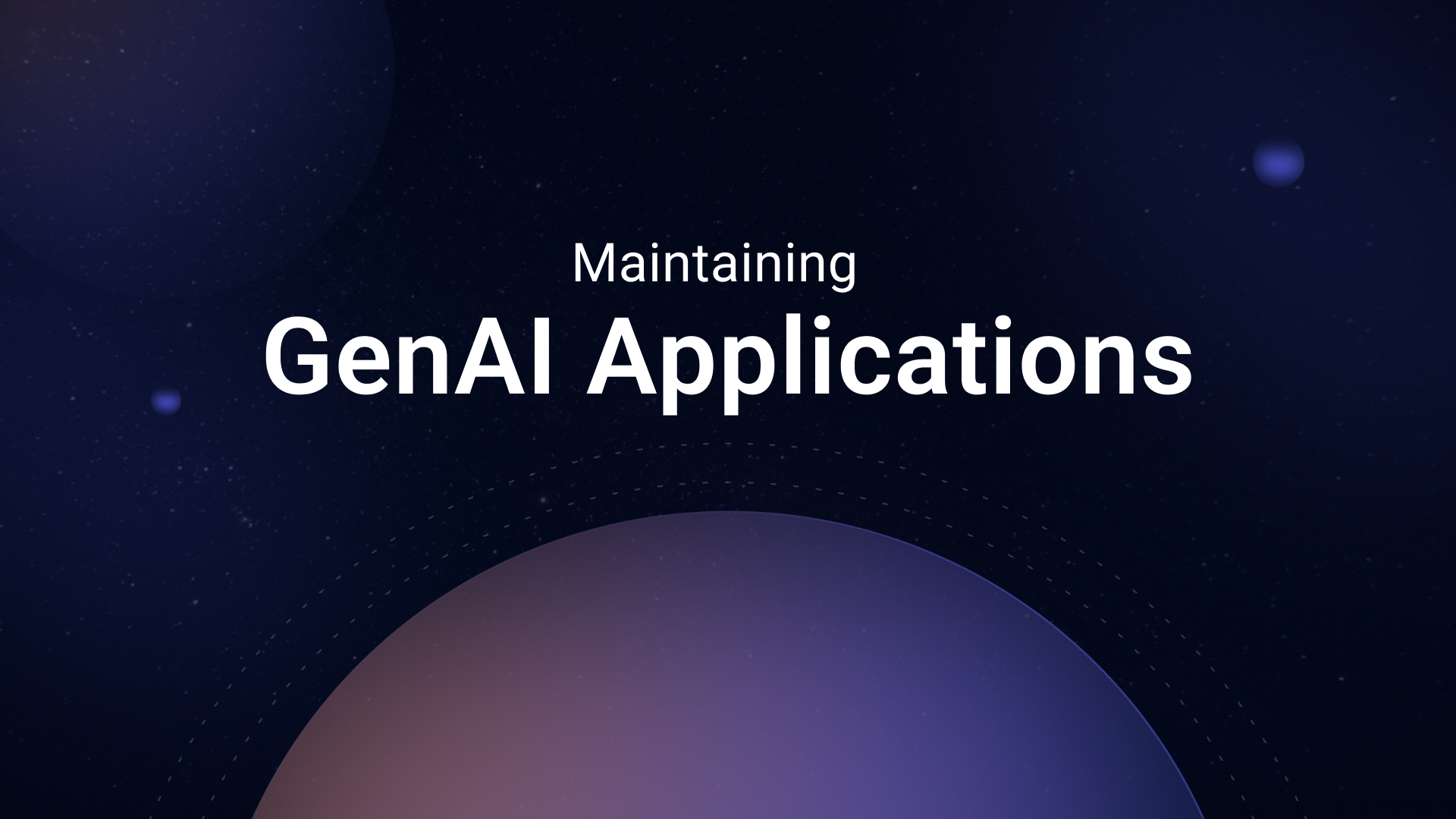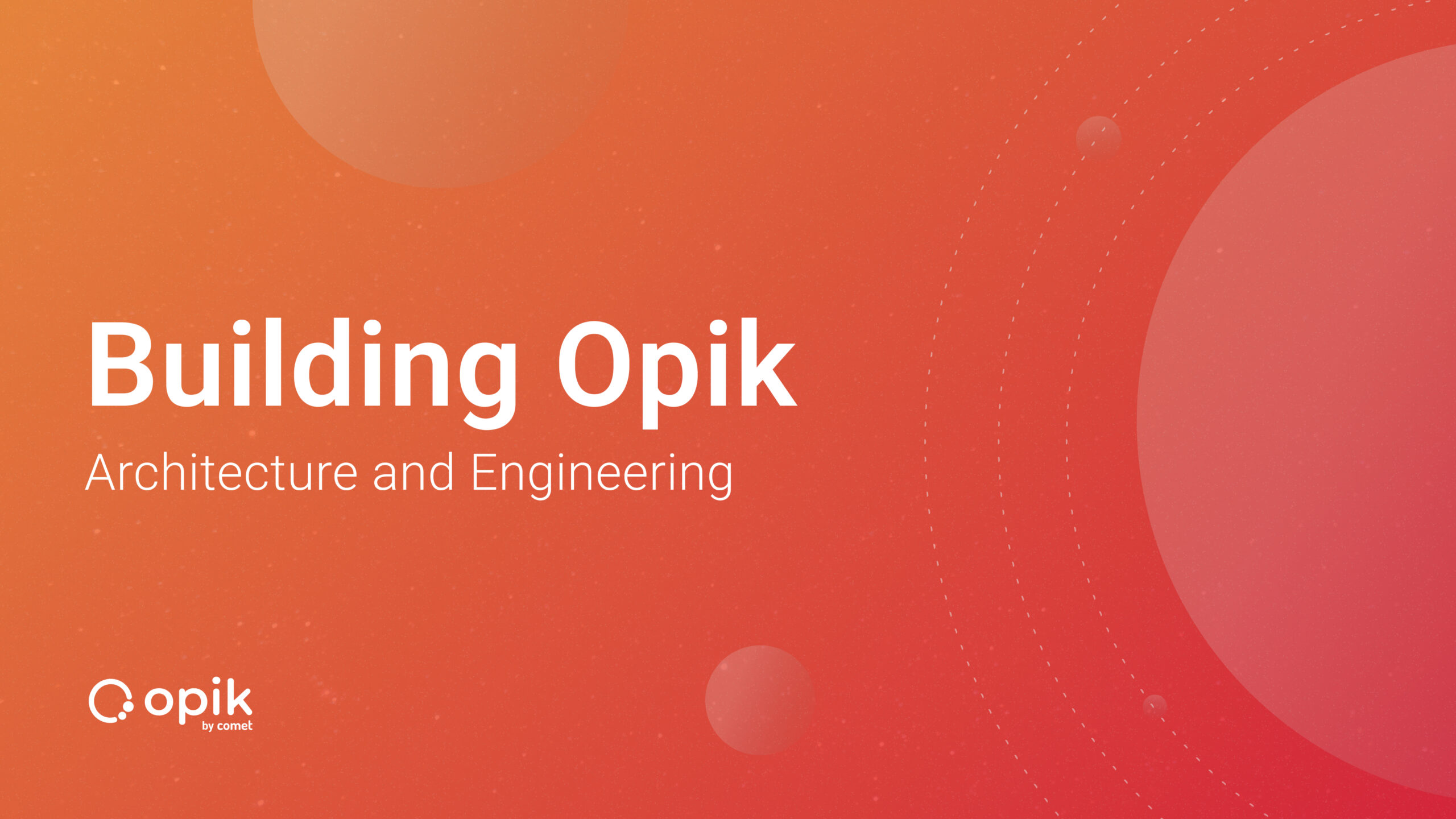How to Compare Model Outputs in LangChain
Navigating the Nuances of Language Model Output Comparison with LangChain Tools
Whether you’re a developer, researcher, or enthusiast, comparing model outputs can provide invaluable insights into their performance, biases, and effectiveness. This comprehensive guide to help you navigate this process. With the aid of LangChain’s robust tools, this guide will walk you through the steps of model comparison, from understanding its significance to practical experimentation. Dive in to discover the art and science of comparing language models and chains, and harness the power of LangChain to make informed decisions in your language model applications.
Model Comparison in 🦜🔗 LangChain
Model comparison allows you to evaluate different language models (and chains) against each other on the same inputs.
This helps you understand their strengths, weaknesses, biases, and overall suitability for different tasks. LangChain provides tools to make model comparisons easy.
It is an essential part of developing language model applications, as many model and chain options exist.
Here are some key things to know about model comparison in LangChain:
What is model comparison?
Comparing the outputs of different models and chains on the same inputs to evaluate their performance.
This allows you to see differences in quality, capabilities, biases, etc.
Can compare different models, model sizes, prompts, chains, hyperparameters, etc.
Why is it important?
No single “best” model — each has tradeoffs.
Comparison helps you select a suitable model for your application. Models can have very different strengths, weaknesses and biases. Comparison illuminates this.
Want to learn how to build modern software with LLMs using the newest tools and techniques in the field? Check out this free LLMOps course from industry expert Elvis Saravia of DAIR.AI.
How to experiment with prompts:
Use LangChain’s ModelLaboratory to compare models and chains easily.
Create PromptTemplate objects to reuse prompt structures with different inputs. These should be formatted before passing them to models.
Try different prompts for the same model to see the impact on quality, bias, etc.
Use tools like HuggingFace to find the best prompt and model combinations through hyperparameter tuning.
Model comparison is critical for developing performant, responsible language model applications.
LangChain provides useful tools to make comparisons easy.
os.environ["OPENAI_API_KEY"] = getpass.getpass("Enter your Open AI API Key:")
os.environ["COHERE_API_KEY"] = getpass.getpass("Cohere API Key:")
os.environ["HUGGINGFACEHUB_API_TOKEN"] = getpass.getpass("HuggingFace API Key:")
Creating Language Models
First, we need to create some language models and chains to compare. We can use the OpenAI, Cohere, and HuggingFaceHub integrations:
from langchain import OpenAI, Cohere, HuggingFaceHub
openai = OpenAI(temperature=0.1)
cohere = Cohere(model="command", temperature=0.1)
huggingface = HuggingFaceHub(repo_id="tiiuae/falcon-7b", model_kwargs={'temperature':0.1})
Model Laboratory
Next, we create a ModelLaboratory and pass our language models to the constructor:
from langchain.model_laboratory import ModelLaboratory
model_lab = ModelLaboratory.from_llms([openai, cohere, huggingface])
model_lab.compare("What color is a flamingo?")
Input:
What color is a flamingo?
OpenAI
Params: {'model_name': 'text-davinci-003', 'temperature': 0.1, 'max_tokens': 256, 'top_p': 1, 'frequency_penalty': 0, 'presence_penalty': 0, 'n': 1, 'request_timeout': None, 'logit_bias': {}}
Flamingos are usually pink or orange in color.
Cohere
Params: {'model': 'command', 'max_tokens': 256, 'temperature': 0.1, 'k': 0, 'p': 1, 'frequency_penalty': 0.0, 'presence_penalty': 0.0, 'truncate': None}
Flamingos are typically seen in shades of pink and red. The exact color of a flamingo depends on its diet and environment. Flamingos that eat a lot of shrimp and other crustaceans tend to be more pink in color, while those that eat a lot of plant matter may be more red in color. Some flamingos may also have a slightly different color pattern, such as a white or yellow neck, or a dark patch on the wing.
HuggingFaceHub
Params: {'repo_id': 'tiiuae/falcon-7b', 'task': None, 'model_kwargs': {'temperature': 0.1}}
Flamingos are pink.
What color is a flamingo?
Flamingos are
Using Prompt Templates
Another option is to use PromptTemplates in order to reuse prompt structures.
LangChain’s ModelLaboratory and PromptTemplate provide a flexible way to compare different language models and chains thoroughly.
This allows you to select the best approach for your application.
from langchain import PromptTemplate
template = PromptTemplate.from_template("What is the capital of {state}?")
model_lab.compare(template.format(state="New York"))
Input:
What is the capital of New York?
OpenAI
Params: {'model_name': 'text-davinci-003', 'temperature': 0.1, 'max_tokens': 256, 'top_p': 1, 'frequency_penalty': 0, 'presence_penalty': 0, 'n': 1, 'request_timeout': None, 'logit_bias': {}}
The capital of New York is Albany.
Cohere
Params: {'model': 'command', 'max_tokens': 256, 'temperature': 0.1, 'k': 0, 'p': 1, 'frequency_penalty': 0.0, 'presence_penalty': 0.0, 'truncate': None}
The capital of New York State is Albany. The city is located in the northeastern part of the state, on the Hudson River. It is the seat of government for the state, and is home to the New York State Legislature and the Governor's Mansion.
Albany is a vibrant and diverse city, with a rich history and a thriving modern economy. It is home to a number of colleges and universities, as well as a variety of businesses and industries. The city is also a major transportation hub, with a busy airport and a major port.
Despite its many challenges, Albany remains a vital and important city, with a rich history and a bright future ahead.
HuggingFaceHub
Params: {'repo_id': 'tiiuae/falcon-7b', 'task': None, 'model_kwargs': {'temperature': 0.1}}
New York City is the capital of New York.
What is the capital of New York?
Conclusion: The Power of Model Comparison in LangChain
As we’ve journeyed through the intricacies of comparing model outputs in LangChain, it’s evident that the right tools and understanding can significantly enhance our ability to evaluate and select the most suitable language models for our needs.
LangChain’s ModelLaboratory and PromptTemplate, among other features, offer a streamlined and efficient approach to this endeavour. By comparing models from giants like OpenAI, Cohere, and HuggingFaceHub, we can make more informed decisions, ensuring that our applications are both performant and responsible. As the landscape of language models continues to expand and evolve, having a reliable method for comparison will remain crucial.
With LangChain at our side, we’re well-equipped to navigate the future of language model development and application.


